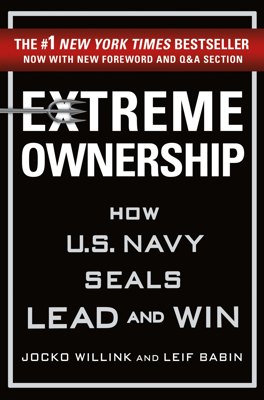Cover and Move
Context and Initial Setup
In a hostile district of South-Central Ramadi, Iraq, Leif Babin, a U.S. Navy SEAL officer, describes the launch of a high-risk urban cordon and search operation. SEALs paired with U.S. and Iraqi soldiers were tasked with clearing harmful neighborhoods from insurgent control. SEAL snipers provided overwatch to safeguard the units on the ground during this operation.
Real-Life Combat Application
The SEALs established sniper overwatch positions named OP1 and OP2 to cover the advancing ground teams. Babin led OP2 which faced significant challenges due to its vulnerable location and the strategic spread of enemy insurgents. While the operation was successful without American or Iraqi casualties, multiple tactical re-adjustments were made during execution, showcasing the SEALs' adaptability.
Principle of Cover and Move
"Cover and Move" is illustrated as a fundamental military tactic vital for operational success. During the described operation, failure to coordinate effectively between OP1 and OP2 revealed the importance of mutual support between teams. Babin recognized that leaving OP1 in position could have provided necessary coverage for his team's movement, emphasizing how teams must operate cohesively, not just individually.
Reflection and Learning
Babin admits the mistake of not utilizing OP1 for covering their movement, breaking the principle of "Cover and Move." This situation served as a critical learning point, underscoring the importance of an integrated approach where all teams support one another, ensuring collective safety and mission effectiveness.
Application to Business
Babin and Jocko Willink consult a company where internal conflicts between a production team and a subsidiary transportation service were causing operational delays and financial losses. By applying the "Cover and Move" principle, they advised the production manager to enhance cooperation with the subsidiary. This advisory redirected the focus from an adversarial stance to a collaborative one, emphasizing that overcoming shared challenges collectively leads to higher efficiency and success.
Business Improvement
Following the leadership intervention, the production manager strengthened relationships with the subsidiary, which notably improved operational downtime and overall productivity. The transformation highlighted how breaking down silos and enhancing cross-team collaboration could drastically improve business outcomes.
Conclusion
The chapter ends by reinforcing that no team operates in isolation. Success depends on each unit's ability to support and enhance the capabilities of others. Whether in military operations or corporate environments, the principle of "Cover and Move" is fundamental, ensuring that all elements within a larger team work synergistically towards a common goal.
